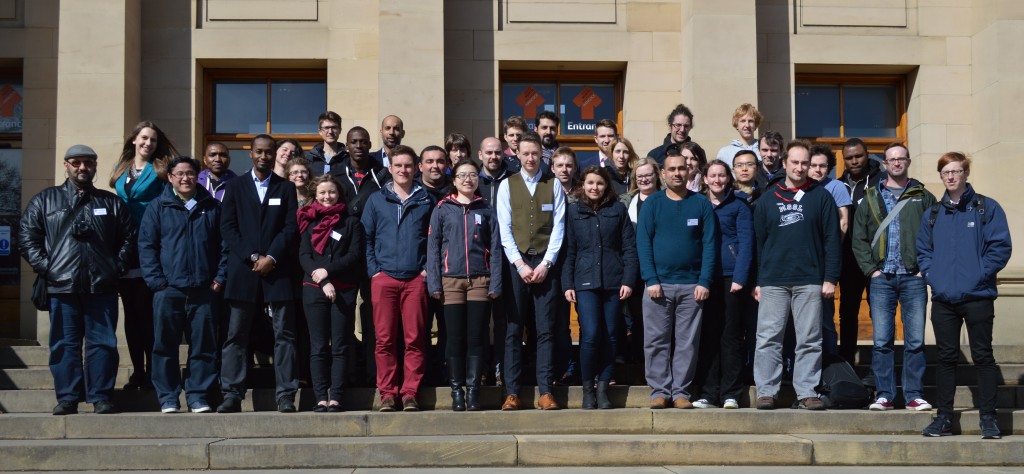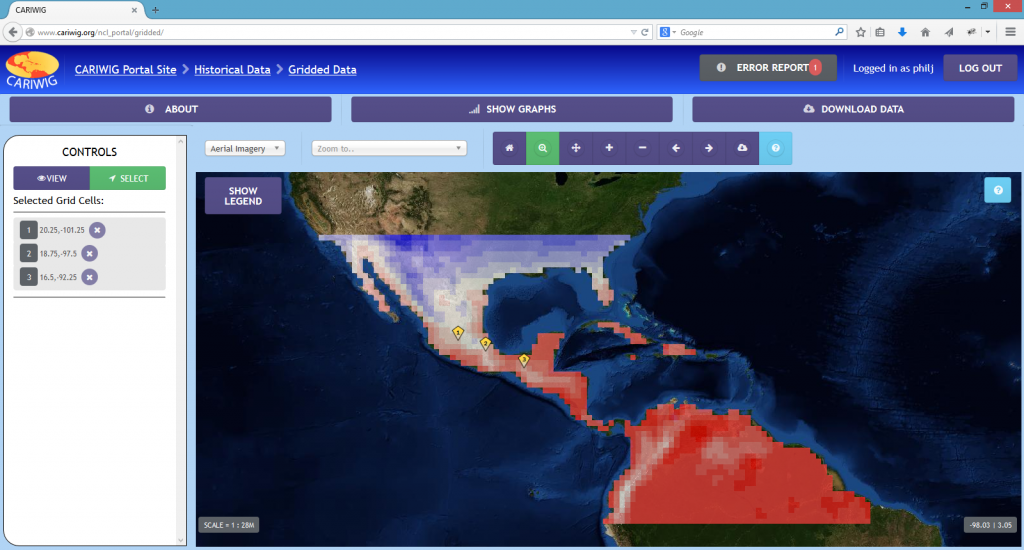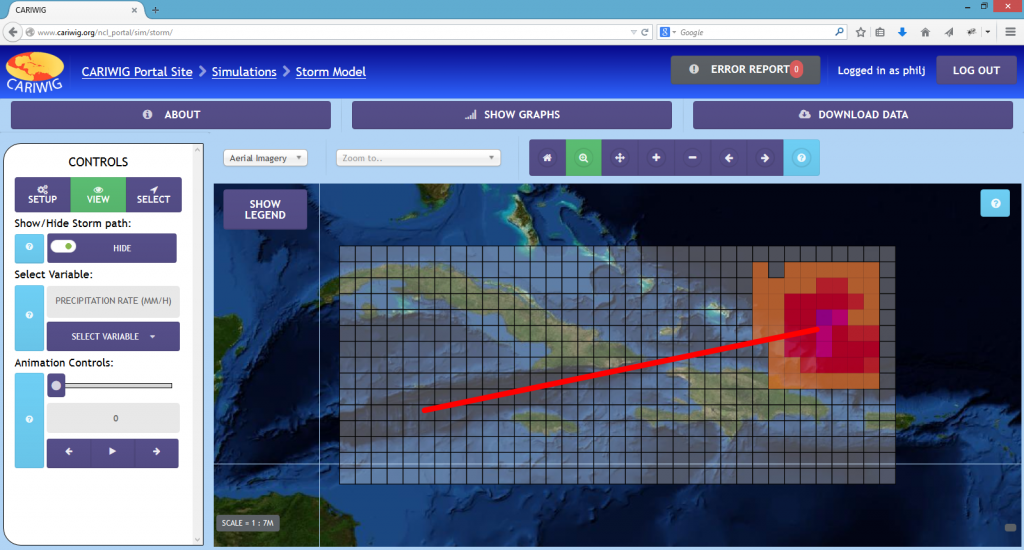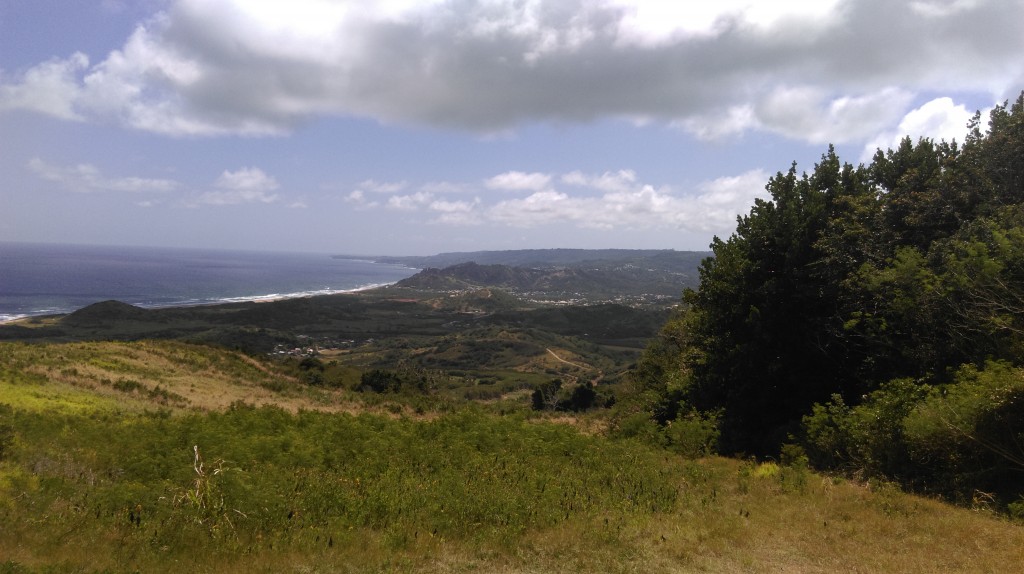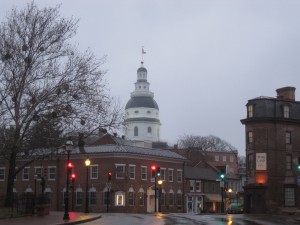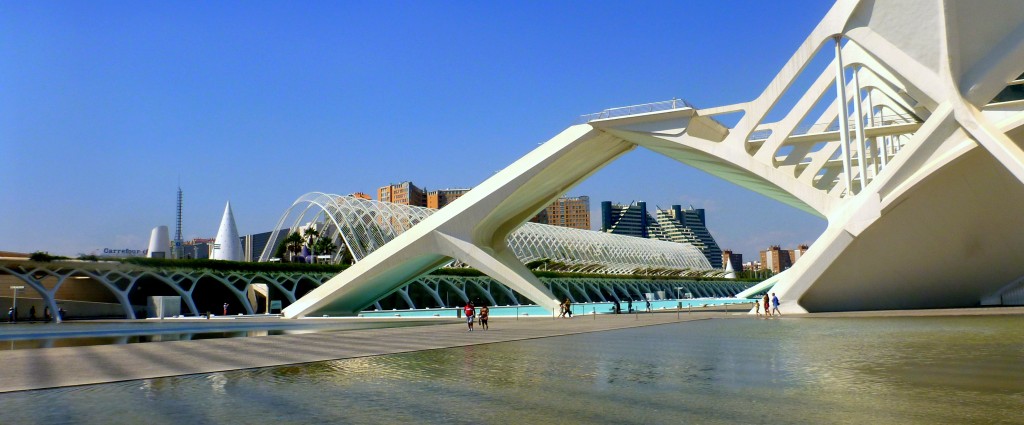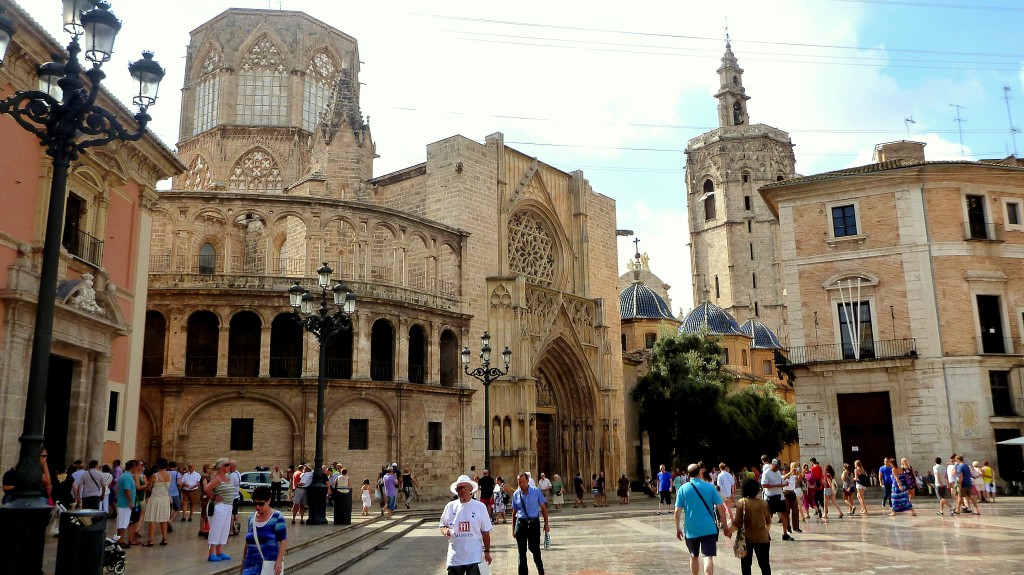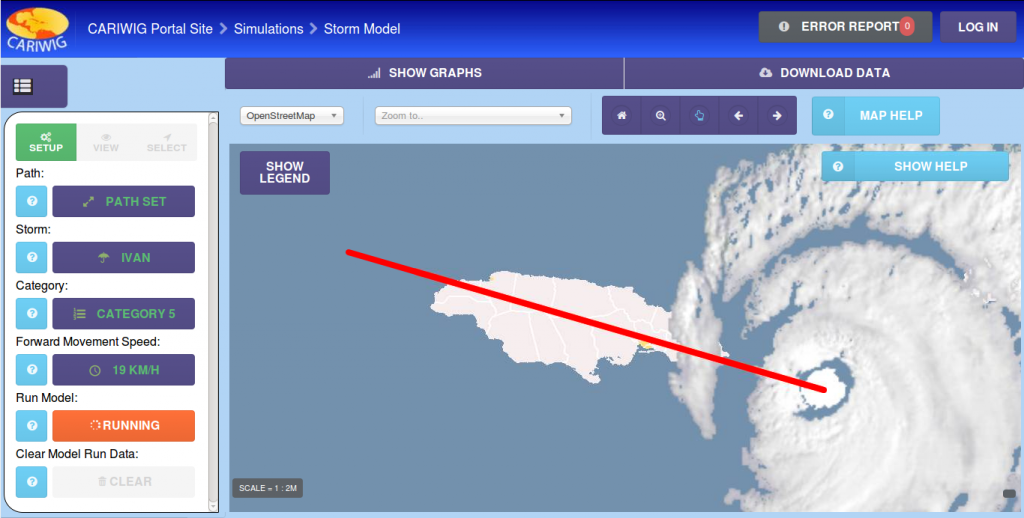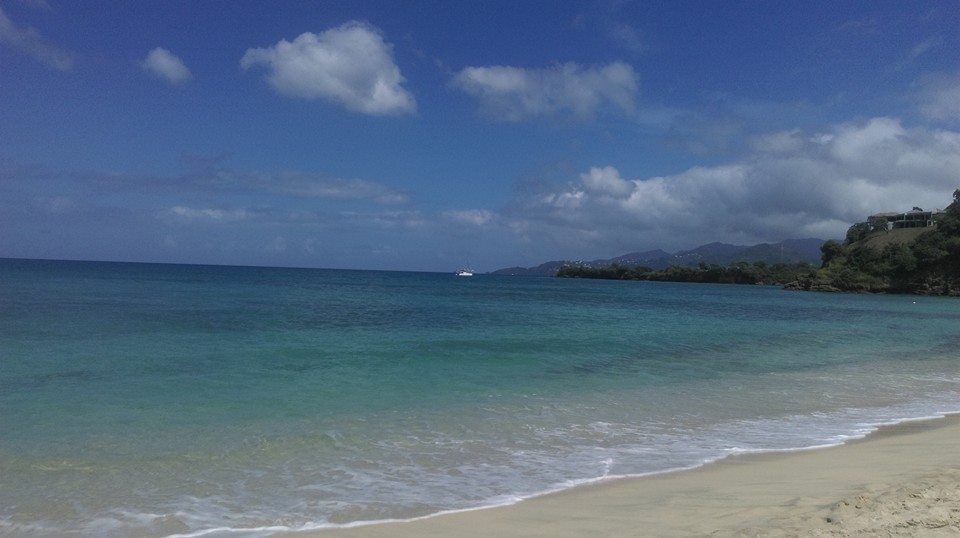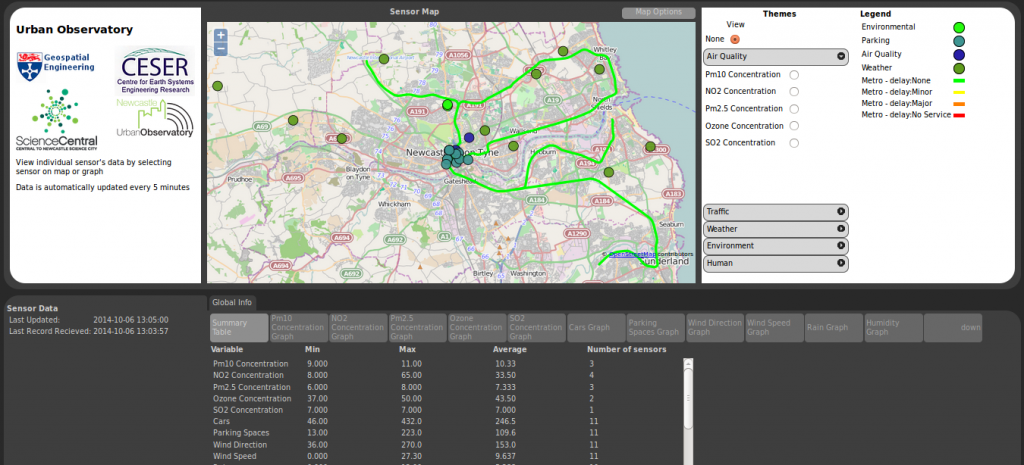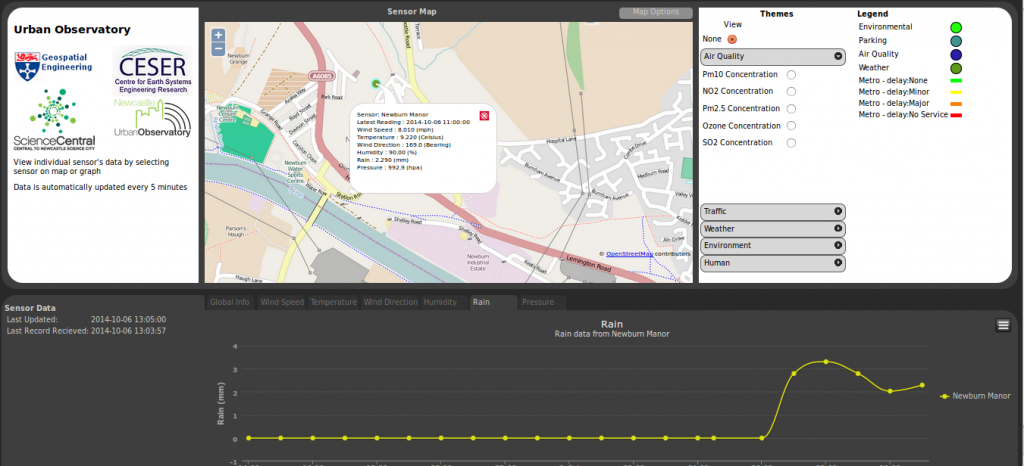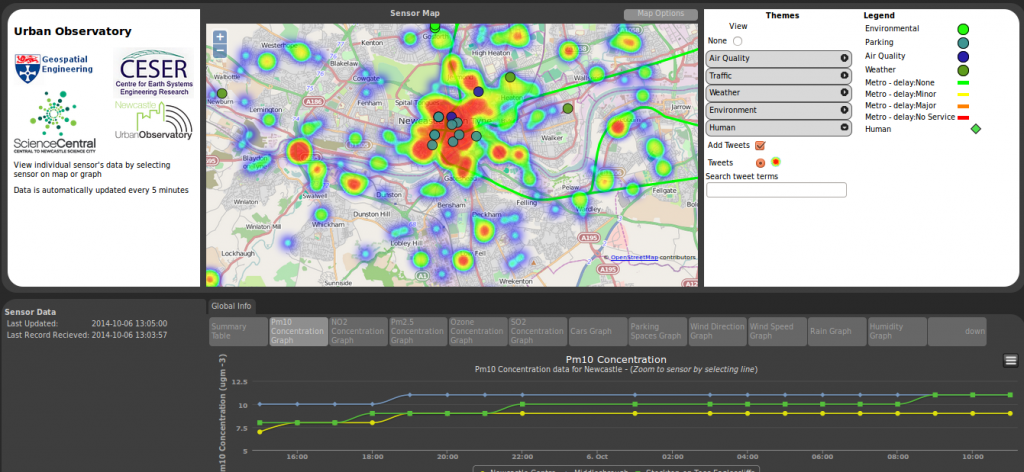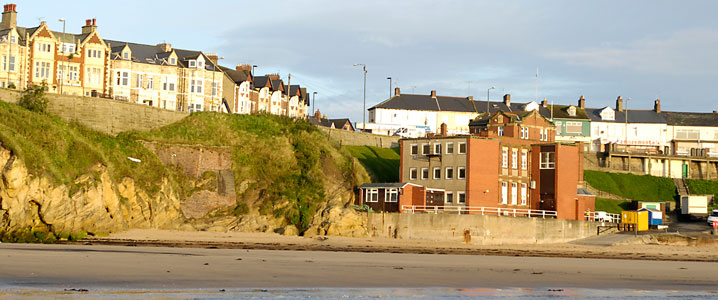Last week’s trip to the USA reminded me how cartography and GIS are central to American academic geography. I was invited to the Geography and Geology department of the University of Nebraska at Omaha (UNO) to give a research presentation on my work using LiDAR-sourced data to examine archaeological landscapes. It was good to join later in some of Mike Peterson’s classes: it was clear that his new book, ‘Mapping in the Cloud’, acts as an excellent basis for the syllabus of a course on web mapping. I also discussed the August pre-conference joint ICA Commissions (Education & Training/Maps & the Internet) workshop in Curitiba, Brazil: I chair the former, and Rex Cammack from UNO the latter, so we were able to firm up some of the co-organisation in person.
A couple of days later and 500 miles to the east, the AAG conference in Chicago beckoned and my Education & Training hat was retained, presenting a paper about accreditation in cartography, participating in a panel discussion about the role of cartography in GIS education, and invited to sit in with the luminaries on the UCGIS board crafting the extended ‘Body of Knowledge’ in GIS&T. There was also time to visit the Newberry Library in Chicago, where Volume 6 of the History of Cartography (published by the University of Chicago Press, and covering the 20th century) was launched. At 1,960 pages with 1200 illustrations, in two enormous volumes, it was astonishing to see the magnum opus in print. Luckily, contributors have been offered a .PDF copy, so I did not have to check in excess baggage at the airport …
Back in Vienna this week, I visited Gilbert Kotzbek at the Universitat Wien (which celebrates its 650th birthday this year). I have been discussing his PhD work on the use of GIS to examine football data with him for some time now, and he has created some excellent Python-scripted ArcGIS tools to input, filter, and analyse the staggering amount of spatial and attribute data captured during a game and interpreted after (1/25th second interval positional data for every player and ball, plus information about every event – tackle, throw-in, offside, corner etc). What’s missing in the data is the third dimension – it would be interesting to contrast the style of a long-ball team which keeps the ball in the air a lot, with a close-passing, tiki-taka side. I also had the chance to remind myself of teaching in a classroom, when I had a class with the 15 students of the International Masters MSc course in Cartography (who are all studying in Vienna this semester, having been at Dresden and Munich for previous semesters). This is a very international bunch from Egypt, China, Canada etc and closer to home from close-by Slovakia. The topic was VGI, so I was able to convey some of the thoughts which came out of Maythm Al-Bakri’s PhD study from a couple of years ago, and outline what Kaizer and Mustafa are doing in Newcastle now.
bis zum nächsten Mal …
David Fairbairn

